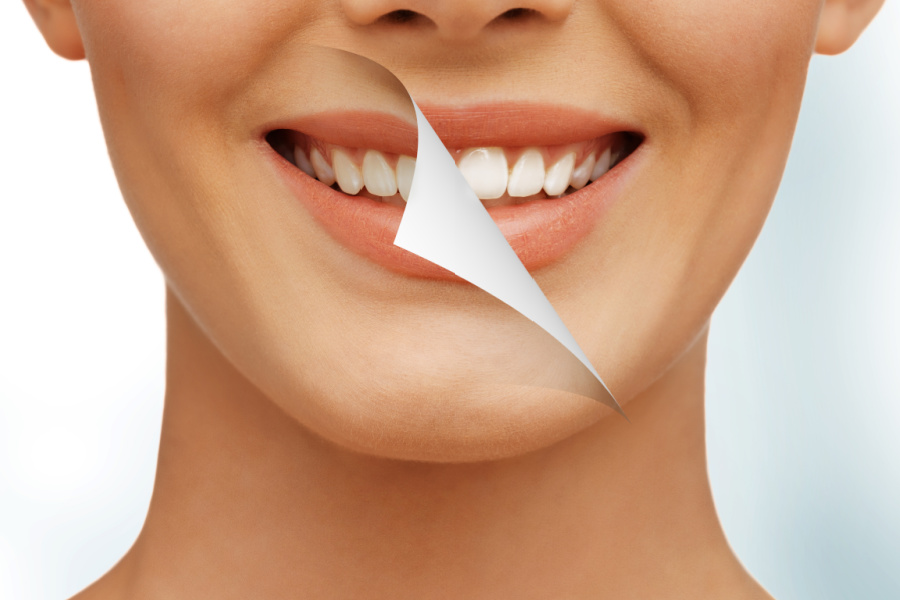
Flossing is essential for cleaning the areas between your teeth that a toothbrush can’t reach. Its main purpose is to disrupt the formation of dental plaque before it hardens into calculus.
Dental plaque is a sticky film of bacteria and food particles that accumulates on teeth and dental prosthetics such as dentures, implants, or crowns. If left untreated, plaque can lead to gingivitis, an inflammation of the gums. The good news is that gingivitis is both preventable and reversible with proper brushing and flossing.
When plaque absorbs calcium from saliva, it hardens into calculus (tartar). Unlike plaque, calculus cannot be removed by brushing or flossing and must be cleaned professionally by a dentist or hygienist. If calculus remains on the teeth for too long, it can progress to periodontitis, a serious gum disease where gums pull away from the teeth. Over time, periodontitis can destroy the bone, gums, and tissue that support your teeth, leading to loosening and eventual tooth loss. This condition typically develops gradually over months or years, highlighting the importance of regular flossing and professional dental care.
Gingivitis can begin to develop in as little as 24 hours, with calculus (tartar) forming shortly afterward. However, the timeline varies between individuals. Gingivitis and periodontitis are the body’s inflammatory responses to plaque and calculus, and some people are naturally more prone to gum inflammation than others.
The short answer is no. Cleaning all surfaces of your teeth, including the spaces between them where a toothbrush can’t reach, is important for maintaining good oral health.
While there are relatively few long-term, large-scale studies on flossing, smaller studies show modest benefits. For instance, research indicates that using floss or interdental brushes in addition to toothbrushing can reduce plaque and gingivitis more effectively than brushing alone. Most of these studies, however, measure short-term outcomes rather than long-term disease prevention.
Long-term studies on flossing are challenging and expensive because periodontitis—the severe form of gum disease—can take months or years to develop, and tracking at-home dental habits over time is difficult.
The lack of large, long-term studies does not mean flossing is ineffective. Flossing remains a simple, low-cost, and low-risk way to clean areas your toothbrush can’t reach, helping to keep your gums and teeth healthy.

If you find flossing difficult, start by reviewing your technique—your dentist or hygienist can offer helpful tips to make it easier. There are also alternative ways to clean between your teeth, including water flossers, floss holders, or interdental brushes. The most important goal is to remove plaque before it hardens into tartar, helping to keep your gums and teeth healthy.
Many people struggle with flossing because they try to do it in front of a mirror, where the reversed image can make hand-eye coordination tricky. For some, it’s easier to rely on touch rather than sight. With practice, flossing becomes second nature, especially if you follow a consistent pattern—such as working left to right on the upper jaw first.
Another common mistake is using too short a piece of floss. Aim for at least 18 inches, with the ends wrapped around your middle or ring fingers. This gives you better control and makes it easier to navigate between teeth.
Snapping the floss through tight contacts is another error that can cause pain and damage the delicate tissue between teeth. Instead, use a gentle sawing motion to slide the floss in. For very tight spaces, a floss threader can help guide the floss safely between your teeth.
No one is perfect with their oral hygiene, and occasionally missing a day of flossing is unlikely to cause major harm. Some people maintain healthy teeth and gums even without flossing.
However, skipping regular cleaning between your teeth often shows up over time. Signs of neglect can include plaque or tartar buildup and, in more serious cases, gingivitis or periodontitis. The key is to remove plaque from between the teeth on a regular basis—whether that’s with traditional floss, interdental brushes, or another effective method.


